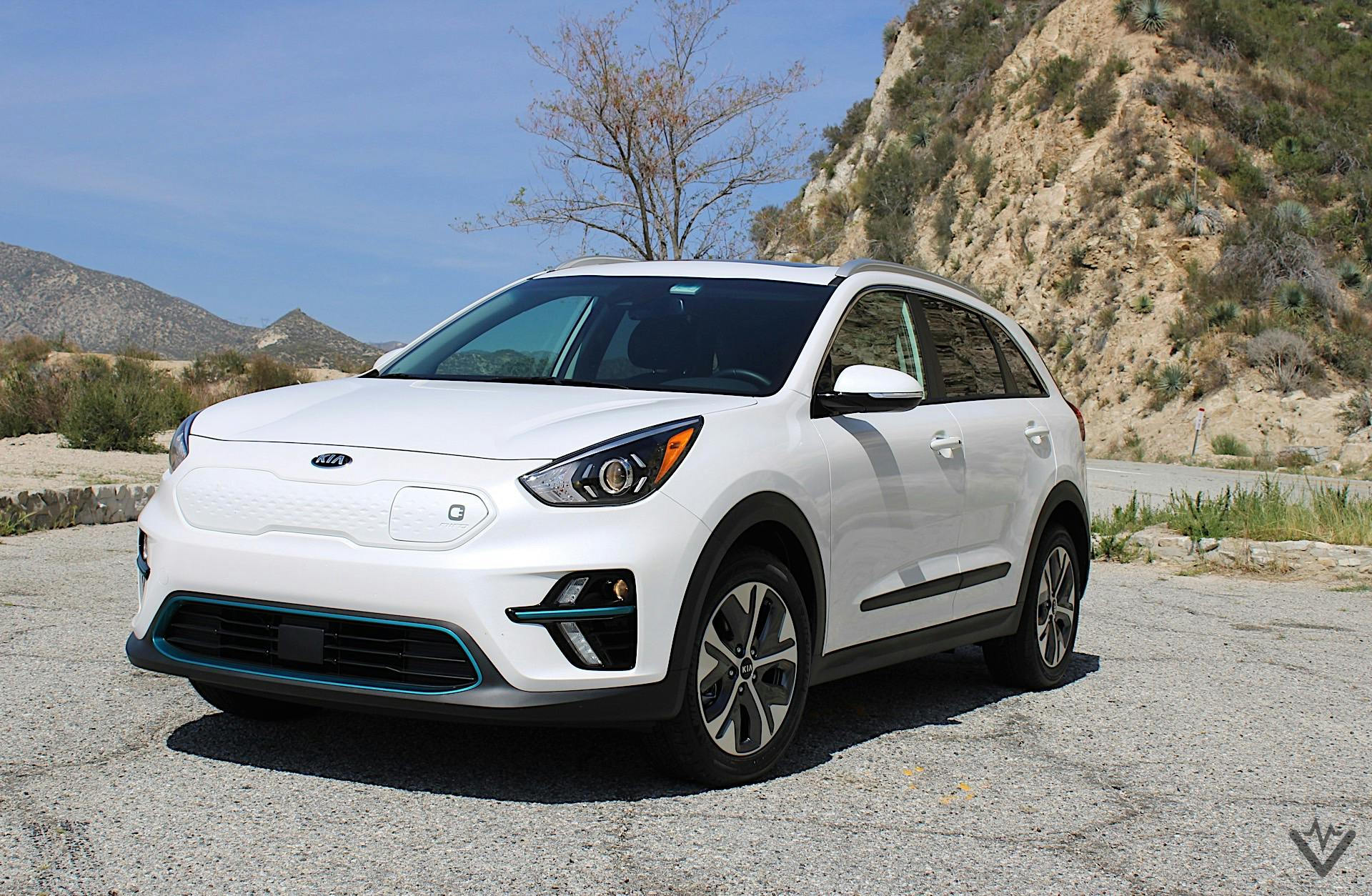As one of the first electrified vehicle families, the Kia Niro was ahead of the game. It covers its bases with a version for every need and level of commitment to electrification. We have the 2021 Kia Niro EV, which also happens to be the most powerful model in the lineup, to see how well it’s aged. Amid new competition, is it still viable?
2021 Kia Niro EV exterior
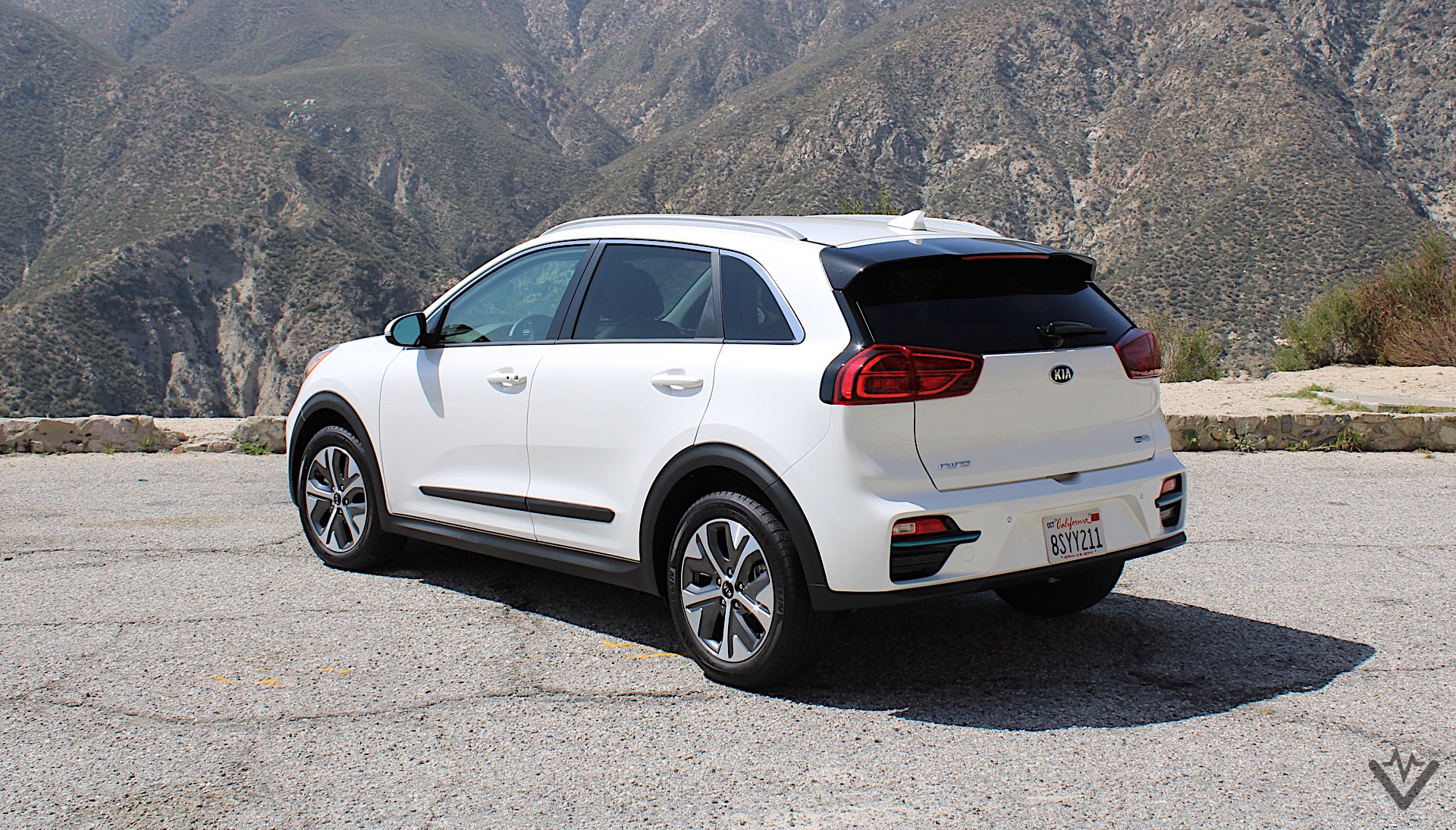
Like its hybrid and plug-in hybrid siblings, the 2021 Kia Niro EV looks like your average subcompact crossover. That means it’s like a slightly raised hatchback with body cladding and a boxy greenhouse. The only cues hinting at its all-electric nature are the grille-free front fascia, blue exterior accents, and the Eco Electric badge on the tailgate.
2021 Kia Niro EV interior
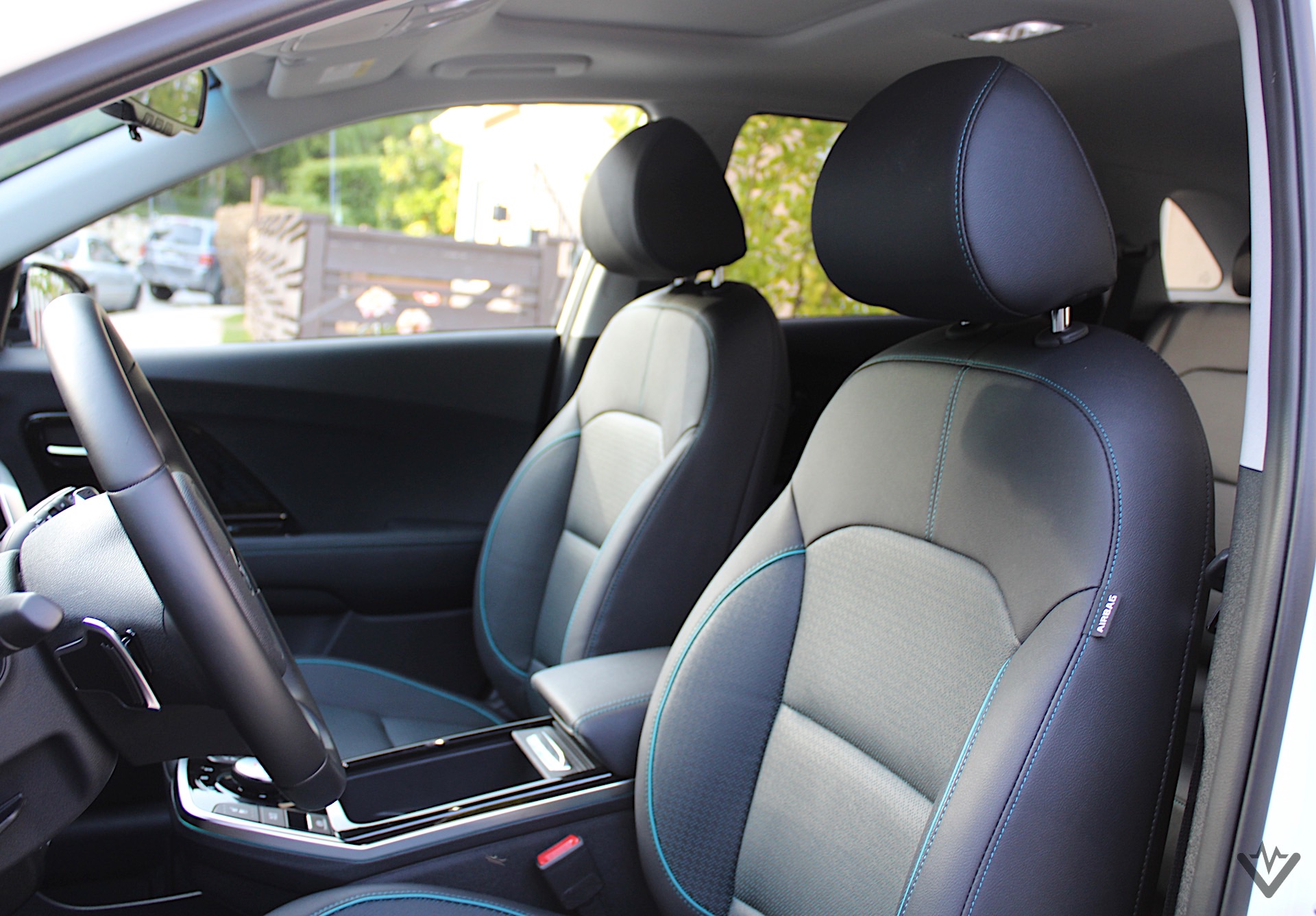
Kia did a fantastic job maximizing practicality in the Niro EV. Using a rotary gear shifter frees up space for clever storage solutions including a center console with two cubbies. The front one houses two retractable cup holders while the rear has an additional USB charging port. With the center console separated from the dash, there’s room for a handbag between the driver and front passenger.
There’s generous space inside, too. Four people fit comfortably with enough room behind the back seats for a couple of weekend bags. Folding down the 60/40 split-folding rear seat backs increases cargo capacity significantly, giving you a squared-off area for bulky items. The upright greenhouse provides good visibility all around, too, thanks to the generous glass area. Quibbles? The raised floor cuts into rear-seat foot space and lessens thigh support.
Like its hybrid and plug-in hybrid siblings, the Niro EV’s fit and finish are solid. Soft-touch plastics are generously used and most touchpoints are padded. There are hard plastics but they feel durable. Extra sound deadening would help, though. Over broken pavement and at highway speeds, the Niro EV suffers from excessive road and wind noise.
2021 Kia Niro EV tech features
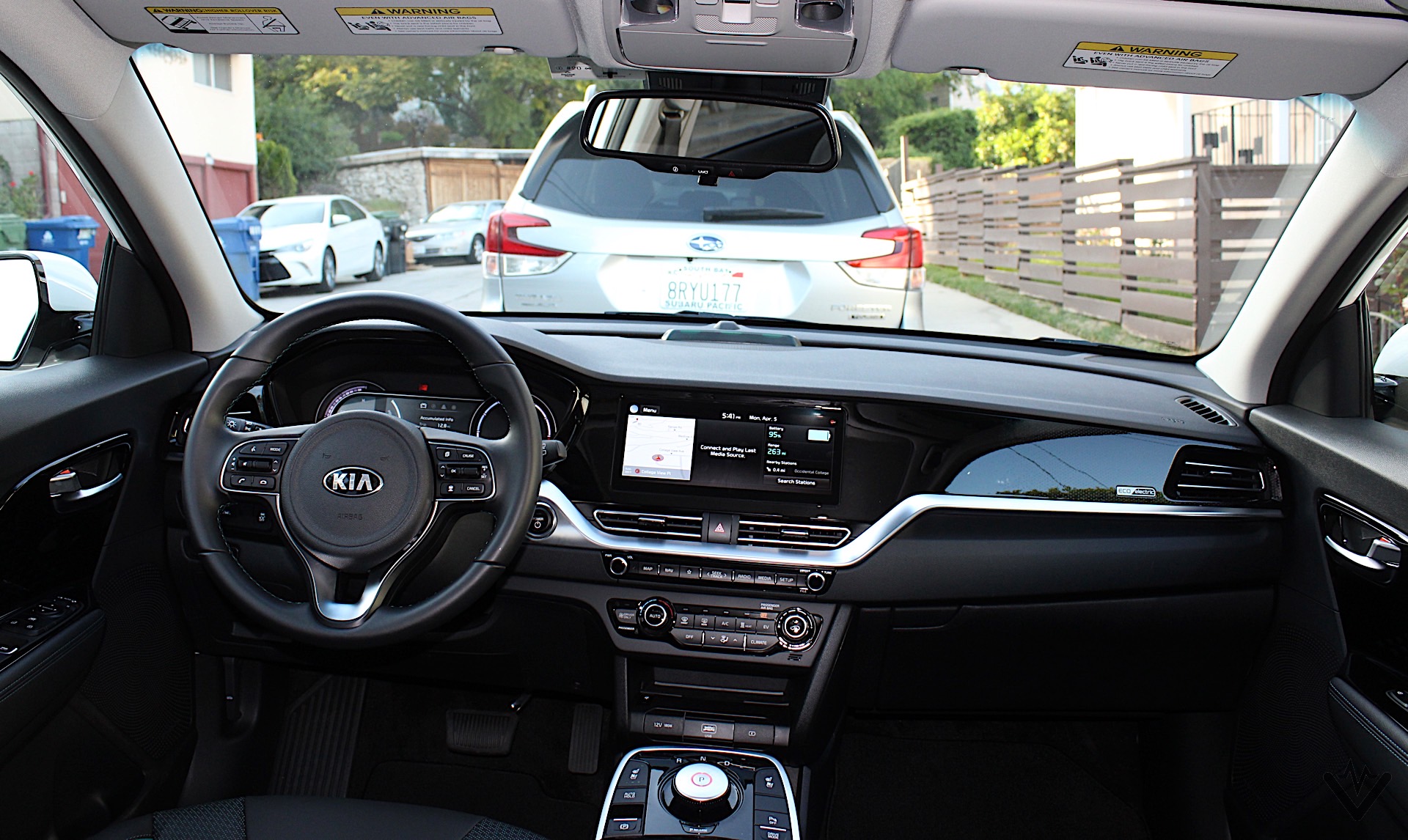
User-friendliness remains the standout feature of Kia’s multimedia system. Even with the optional 10.25-inch touch screen, you can get to everything in one to two taps. Quick responses, a logical menu layout, and physical shortcut buttons reduce the learning curve. The eight-speaker Harman Kardon audio system sounds good, offering good cabin coverage and clarity.
The Niro EV uses an older version of Kia’s DriveWise active safety suite. Even still, the system is one of the best because it’s proactive yet doesn’t get intrusive. Lane-keeping assist is subtle with its steering inputs yet not so much so that it seems lazy. It can also guide you through gentle curves and ease steering resistance to allow you to add more steering input in sharper corners. Adaptive cruise control actively closes gaps between you and the vehicle ahead by inputting precise acceleration and braking. When the car you’re following moves forward, adaptive cruise control follows while retaining the same distance you’ve set. Even when someone cuts you off, the system slows the vehicle down smoothly.
2021 Kia Niro EV driving impressions
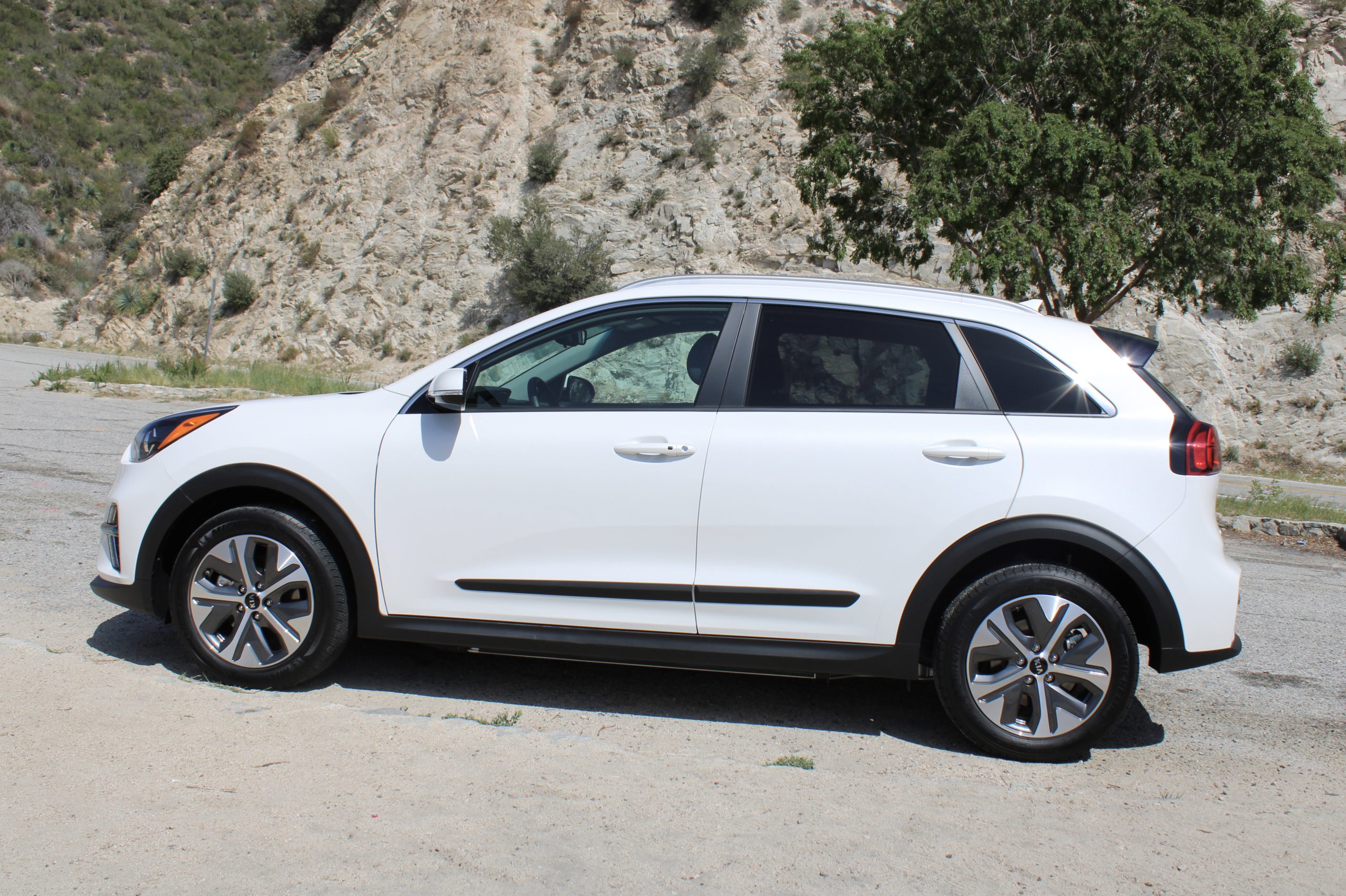
Instant power delivery is one of the Kia Niro EV’s highlights. You get immediate acceleration the moment put your foot down in Normal and Sport modes. Eco and Eco+ modes are more gradual, minimizing jerkiness from a stop. With 201 hp and 291 lb-ft of torque instantly delivered, climbing hills and passing on the highway is a cinch. However, don’t suddenly jab at the accelerator because you’ll spin the tires endlessly.
The Niro EV’s regenerative braking strength ranges from level 0 to 3 and is adjusted via the paddle shifters. On-demand regeneration is activated by holding the left paddle shifter and allows for one-pedal driving because it can bring the vehicle to a complete stop. Transitions from regenerative to mechanical braking are seamless, too, adding to the car’s user-friendliness. Eco, Normal, and Sport modes are customizable, allowing you to select the set regenerative braking strength when coasting, climate control levels, and speed limit (Eco mode only).
Thanks to the 64-kWh lithium-ion battery mounted under the passenger compartment; the Kia Niro EV possesses good handling. Body roll and vertical motions are minimal, giving the car confident road manners. Quick, accurate steering and a tight suspension calibration contribute to the Niro EV’s agility. The trade-off is a car that’s a little stiff because harsh impacts are more prominent. Over expansion joints and ruts, the Niro EV gets a bit bouncy.
Charging the Niro EV takes 9 hours and 35 minutes using a level 2/240-volt charger at a 7.2-kW rate. A level 3 DC fast charger can bring the battery charge to 80 percent in 1 hour and 15 minutes at a 50-kW rate or an hour at 100 kW.
2021 Kia Niro EV pricing
The 2021 Kia Niro EV starts at $40,265 for the base EX trim. Our test vehicle was the EX Premium grade with dealer-installed floor mats and a cargo net for a total of $45,990. The Niro EV is eligible for the full $7,500 federal tax credit plus state incentives.
2021 Kia Niro EV final verdict
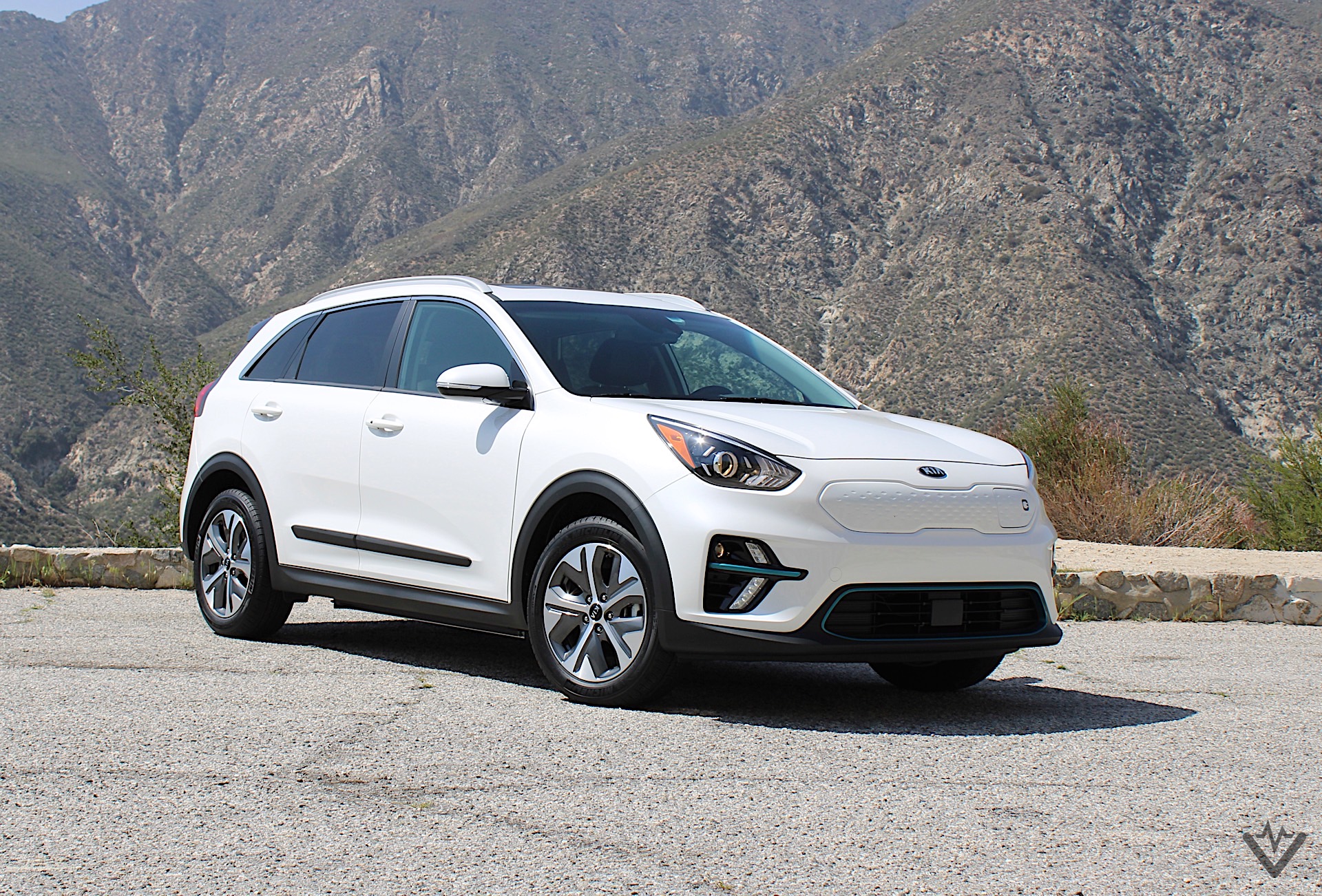
Among mainstream long-range EVs, the Kia Niro EV stands out because of its user-friendliness. It’s an approachable EV that’s easy to live with and won’t intimidate consumers new to electrified motoring. While it has its weaknesses, the Niro EV’s strengths balance them out. Best of all, the Niro EV gives us a taste of Kia’s electrified future. If its first long-range EV is this well-rounded, how will the E-GMP cars and the second-generation Niro EV build on that? We’re excited to see it all come to fruition soon.
At a glance
- Year: 2021
- Make: Kia
- Model: Niro EV
- Trim: EX Premium
- Type: 4-door subcompact crossover
- Horsepower: 201
- Torque: 291 lb-ft
- Total range: 239 miles
- Combined MPGe: 112
- Pros: Instant power, clever interior packaging, user-friendly multimedia system
- Cons: Lots of road and wind noise, jittery ride, raised floor cuts into rear-seat foot room
- Base price: $40,265
- Price as tested: $45,990
